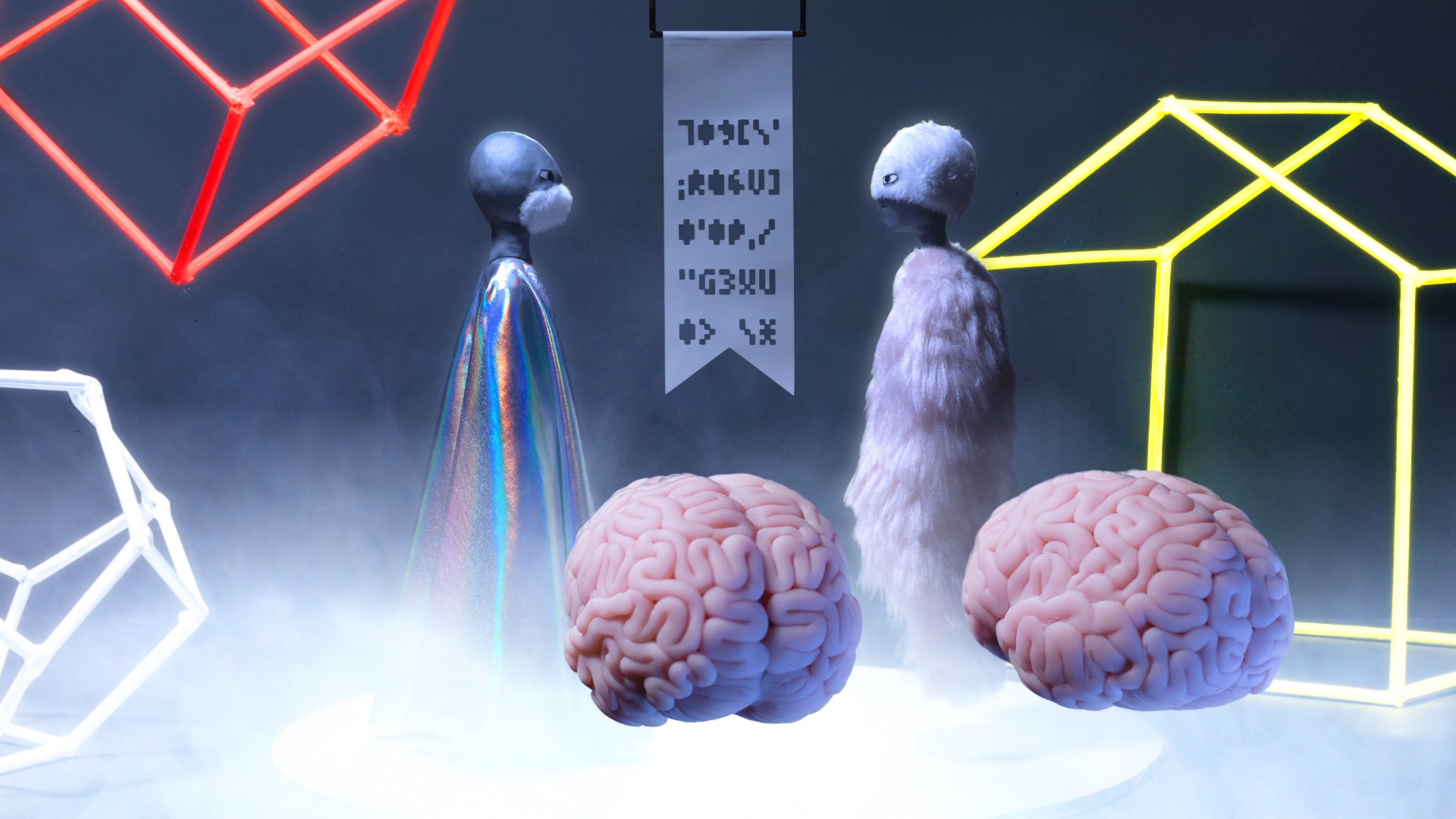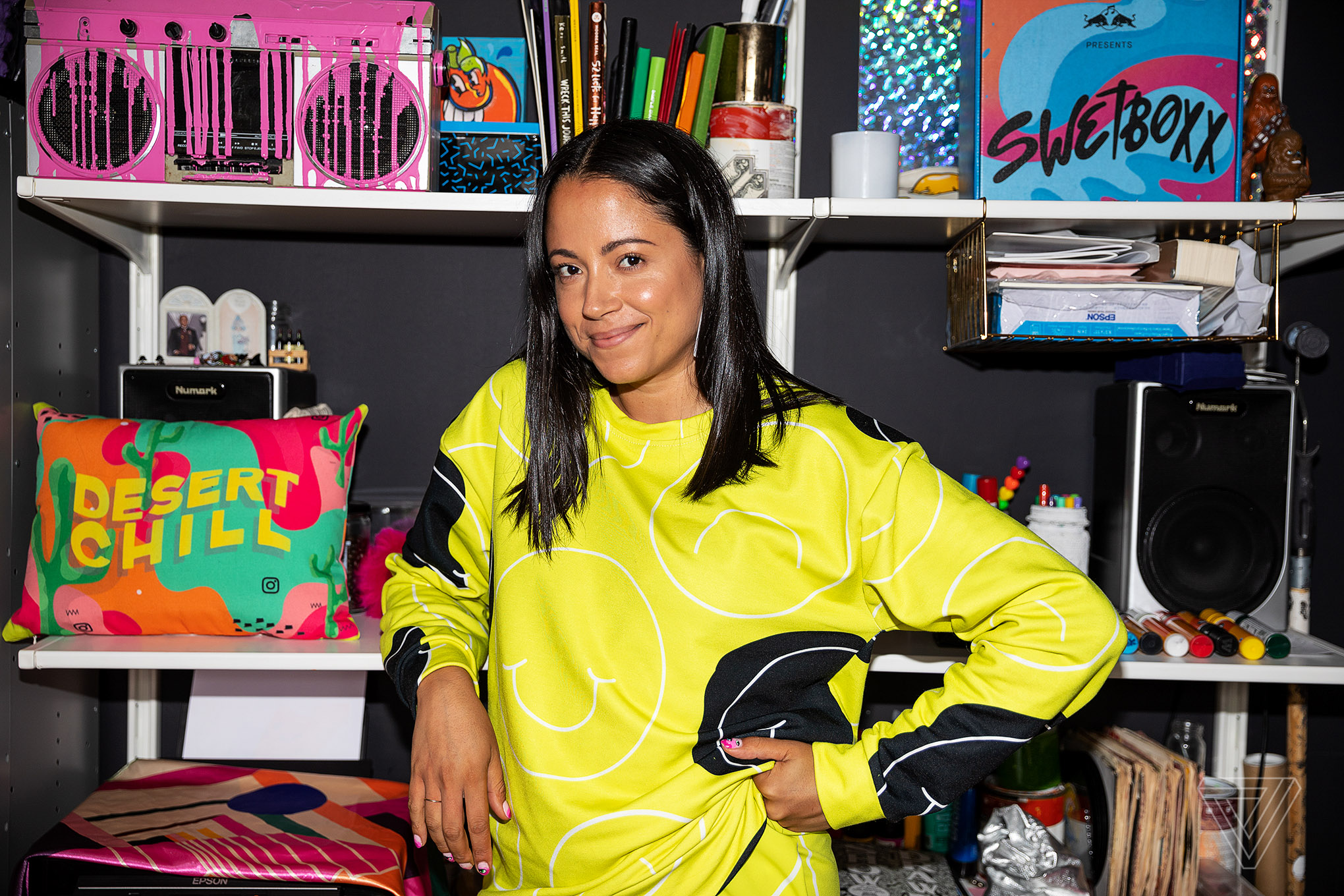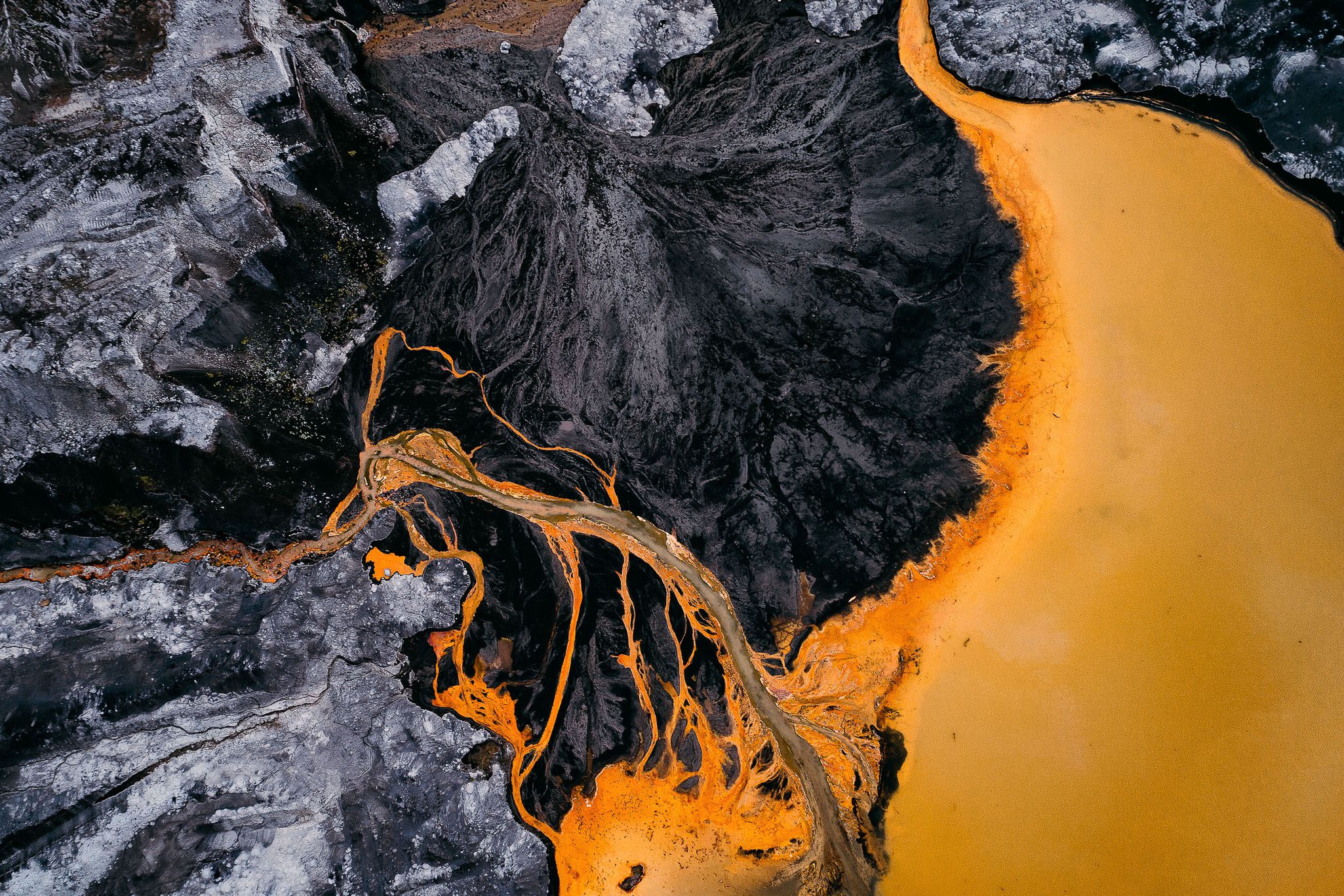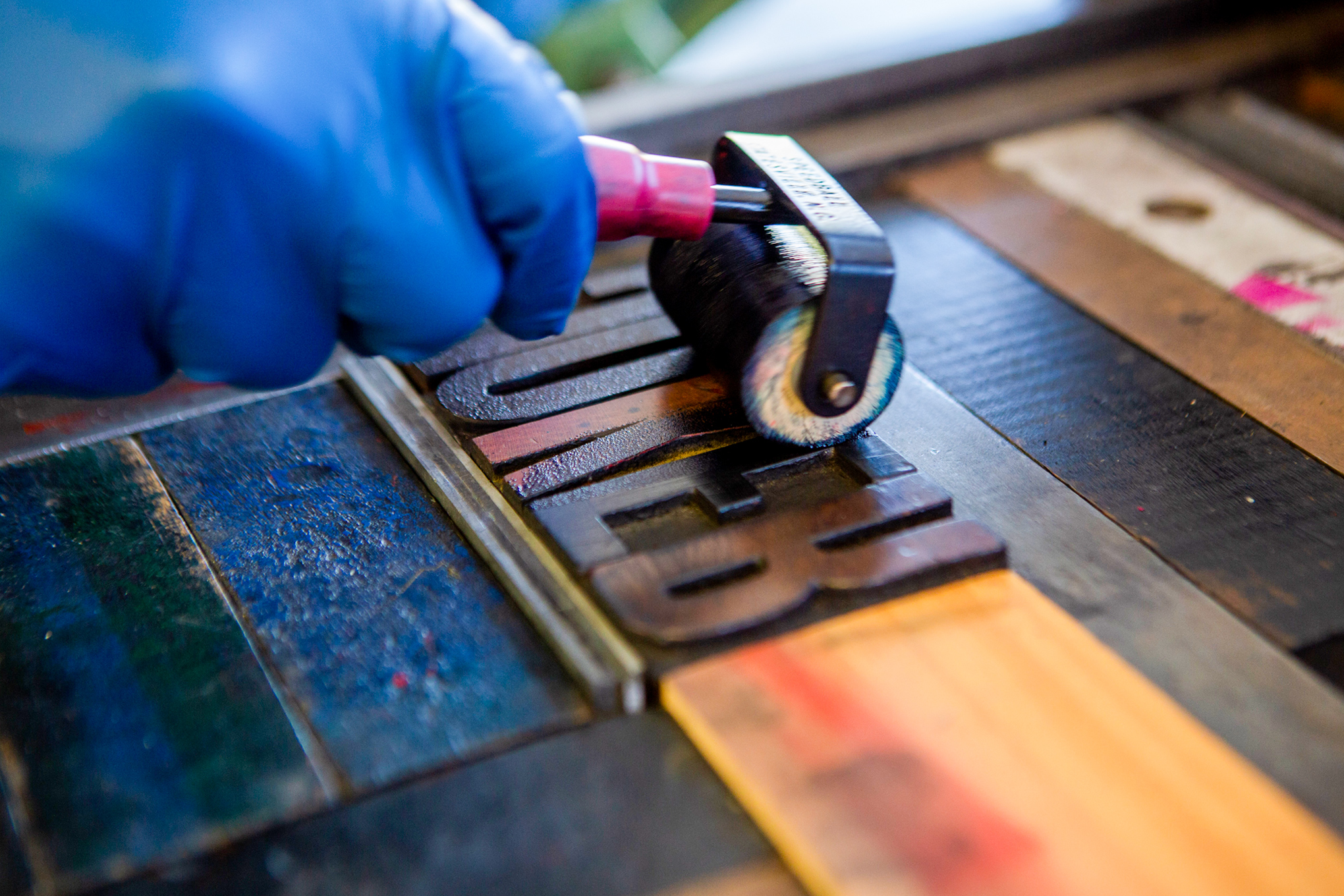Art Club
Role: interviews, concepts
Role: interviews, concepts
Art Club is a series from the The Verge where our designers, photographers, and illustrators catch up with the artists and designers we admire and find out what drives them. Below are some of the best interviews from our art team.
The visual storytelling of Run The Jewels
From the pistol and chain to Killer Mike’s love of Hot Wheels photography, Run The Jewels’ El-P and photographer Tim Saccenti breaks down the art of Run The Jewels, covering how the pistol and fist clutching the chain evolved over four albums.
From the pistol and chain to Killer Mike’s love of Hot Wheels photography, Run The Jewels’ El-P and photographer Tim Saccenti breaks down the art of Run The Jewels, covering how the pistol and fist clutching the chain evolved over four albums.
33 powerful Black Lives Matter murals
Artists have been transforming boarded-up businesses into powerful Black Lives Matter art across America. We documented 33 murals in New York and Oakland.
Artists have been transforming boarded-up businesses into powerful Black Lives Matter art across America. We documented 33 murals in New York and Oakland.
Making weird go viral with Hi Stranger creator Kirsten Lepore
Stop-motion animator Kirsten Lepore has a knack for tapping into the psyche of the moment. Her animations are tender, captivating, and reassuring. Her mesmerizing short animation Hi Stranger quickly amassed millions of views and was even featured on The Late Show with Stephen Colbert.
Stop-motion animator Kirsten Lepore has a knack for tapping into the psyche of the moment. Her animations are tender, captivating, and reassuring. Her mesmerizing short animation Hi Stranger quickly amassed millions of views and was even featured on The Late Show with Stephen Colbert.
Behind the process of Helvetica’s 21st century facelift
Helvetica is one of the most well-known and often-used typefaces, and it just got a big refresh. The new version is called Helvetica Now. To learn more about what’s different and new in Helvetica Now, we spoke with Charles Nix, the type director at Monotype.
Helvetica is one of the most well-known and often-used typefaces, and it just got a big refresh. The new version is called Helvetica Now. To learn more about what’s different and new in Helvetica Now, we spoke with Charles Nix, the type director at Monotype.
How D’ana Nunez went from fashion show production to art directing Instagram’s Coachella house
D’ana Nunez’s playfully optimistic work has drawn a crowd of loyal fans, leading to her collaborating with Instagram as art director of its first ever Coachella house. We spoke with Nunez about her recent projects, how procrastination is part of her creative process, and how digital artists can step up their game.
D’ana Nunez’s playfully optimistic work has drawn a crowd of loyal fans, leading to her collaborating with Instagram as art director of its first ever Coachella house. We spoke with Nunez about her recent projects, how procrastination is part of her creative process, and how digital artists can step up their game.
Zach Lieberman’s interactive art creates moments of wonder and surprise
Zach Lieberman is a Brooklyn based designer, computer programmer, educator, and artist (he’s also one of my biggest inspirations). A lot of his work is interactive and playful in unexpected ways — which just so happens to be one of his goals. We spoke with Liberman to learn more about his process, motivations, and thoughts on AR.
Zach Lieberman is a Brooklyn based designer, computer programmer, educator, and artist (he’s also one of my biggest inspirations). A lot of his work is interactive and playful in unexpected ways — which just so happens to be one of his goals. We spoke with Liberman to learn more about his process, motivations, and thoughts on AR.
Beeple on creating a zombie Mark Zuckerberg and flesh-eating Baby Yoda to examine the times
Mike Winkelmann, aka Beeple, is well-known for his daily sci-fi art output. But recently, his art has morphed into something increasingly political and post-apocalyptic. The Verge spoke with Beeple about internet feedback and what it takes to make art every single day.
Mike Winkelmann, aka Beeple, is well-known for his daily sci-fi art output. But recently, his art has morphed into something increasingly political and post-apocalyptic. The Verge spoke with Beeple about internet feedback and what it takes to make art every single day.
How Blake Kathryn pulls futuristic 3D dreamscapes from her subconscious
Artist Blake Kathryn’s 3D dreamscapes have the power to transport viewers to another world. Her one-of-a-kind look has attracted clients like Adidas, Fendi, The New York Times, and Lil Nas X, for his “Panini” visualizer.
Artist Blake Kathryn’s 3D dreamscapes have the power to transport viewers to another world. Her one-of-a-kind look has attracted clients like Adidas, Fendi, The New York Times, and Lil Nas X, for his “Panini” visualizer.
Tom Hegen’s aerial photography captures the human impact on natural landscapes
From open-pit mining to melting glaciers, Munich-based artist Tom Hegen travels around the globe documenting mankind’s abusive relationship with nature.
From open-pit mining to melting glaciers, Munich-based artist Tom Hegen travels around the globe documenting mankind’s abusive relationship with nature.
How Joker’s gritty logo was created with wood type letterpress
The logo for DC’s Joker was made by artist Chad Danieley who used wood type letterpress to create the gritty look. In a Reddit post, Danieley explained how going analog captured the film’s tone and feel better than a digitally created logo would have.
The logo for DC’s Joker was made by artist Chad Danieley who used wood type letterpress to create the gritty look. In a Reddit post, Danieley explained how going analog captured the film’s tone and feel better than a digitally created logo would have.
Simon Stålenhag’s retro-futuristic art comes to life in his directorial debut
Simon Stålenhag directed the music video for “Geronimo,” off of Duvchi’s new album, This Kind of Ocean. It’s the directorial debut for the artist behind Tales from the Loop.
Simon Stålenhag directed the music video for “Geronimo,” off of Duvchi’s new album, This Kind of Ocean. It’s the directorial debut for the artist behind Tales from the Loop.
Go watch this amazing montage of 100 3D animations reimagining the same moment
Clinton Jones, aka pwnisher, challenged animators to create a 3D animated scene based on a bare-bones animation he created. This video rounds up his 100 favorites
Clinton Jones, aka pwnisher, challenged animators to create a 3D animated scene based on a bare-bones animation he created. This video rounds up his 100 favorites

Using lasers and glass to make practical psychedelic scenes with Lewie Wilkinson
Lewie Wilkinson uses lasers, glass, and a Pixel 4 to create stunning imagery that is often mistaken for computer-generated art
Lewie Wilkinson uses lasers, glass, and a Pixel 4 to create stunning imagery that is often mistaken for computer-generated art











